Tungsten Disulfide Nanosheet: A Game-Changer in the Lubrication Field
- Details
- Category: Tungsten Information
- Published on Wednesday, 12 February 2025 18:14
- Written by Xiaoting
- Hits: 217
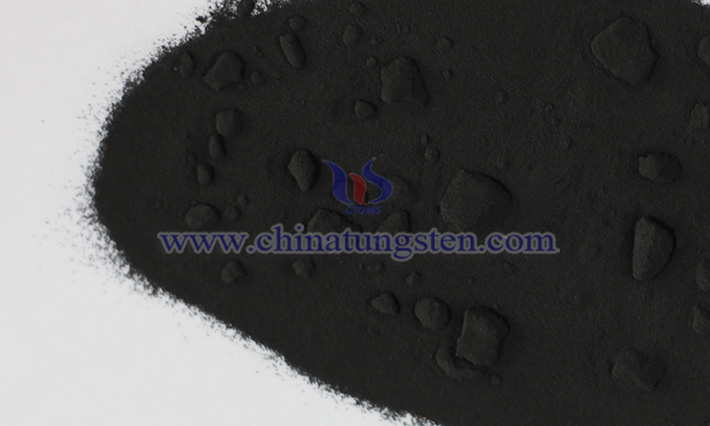
In daily life and industrial production, the operation of mechanical equipment relies on the support of lubricating materials. Lubricating materials play a crucial role as they can reduce friction and wear between mechanical components, lower energy consumption, and extend the service life of equipment. In recent years, tungsten disulfide nanosheet (WS₂ nanosheet), as a new type of lubricating material, has gradually become a "star material" in the lubrication field, thanks to its unique structure and excellent properties.
Read more: Tungsten Disulfide Nanosheet: A Game-Changer in the Lubrication Field
Tungsten Disulfide Nanosheet: A Potential Game-Changer in the Catalysis Field
- Details
- Category: Tungsten Information
- Published on Wednesday, 12 February 2025 17:20
- Written by Xiaoting
- Hits: 191
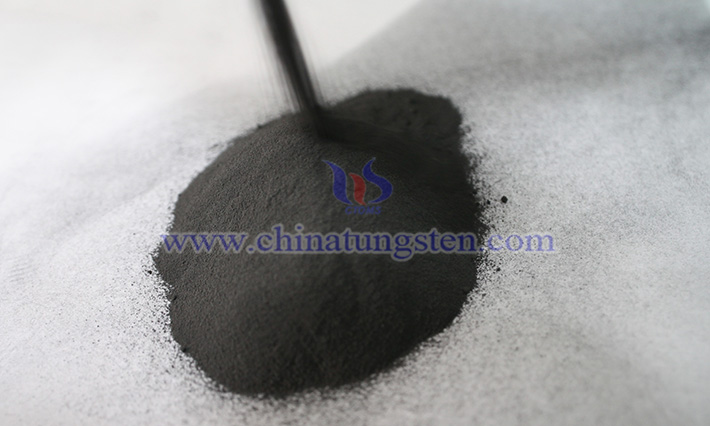
Tungsten disulfide nanosheet (WS₂ nanosheet) consists of tungsten and sulfur. Its structure resembles a sandwich, with one or more layers of tungsten atoms sandwiched between two layers of sulfur atoms, and these layers are held together by weak van der Waals forces. This unique layered structure endows the WS₂ nanosheet with many excellent physical and chemical properties, making it highly effective in the lcatalysis field.
Read more: Tungsten Disulfide Nanosheet: A Potential Game-Changer in the Catalysis Field
Yellow Tungsten Oxide Catalyst: New Material for Green Chemistry Industry
- Details
- Category: Tungsten Information
- Published on Monday, 10 February 2025 17:15
- Written by Zhenghua
- Hits: 243
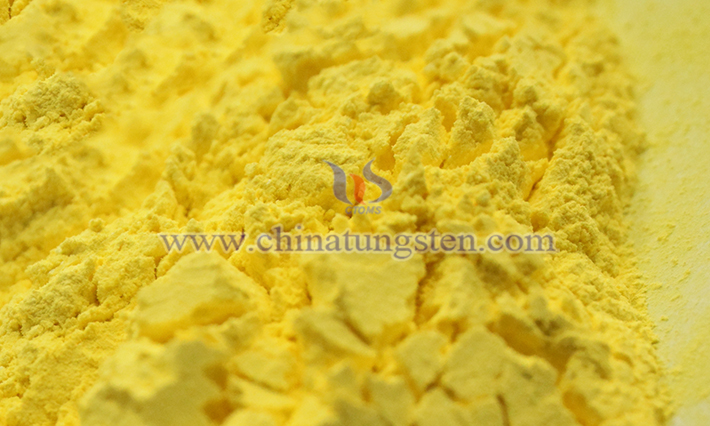
Yellow tungsten oxide (WO₃), as a novel and highly efficient catalyst, demonstrates remarkable potential in various industrial catalysis fields due to its unique physicochemical properties. It not only possesses excellent photoelectric properties but also plays a crucial role in key areas such as environmental governance and energy conversion, offering new possibilities for the development of the green chemical industry.
Read more: Yellow Tungsten Oxide Catalyst: New Material for Green Chemistry Industry
Tungsten Disulfide Nanosheet: "Super Helper" in the Energy Field
- Details
- Category: Tungsten Information
- Published on Wednesday, 12 February 2025 17:13
- Written by Xiaoting
- Hits: 195
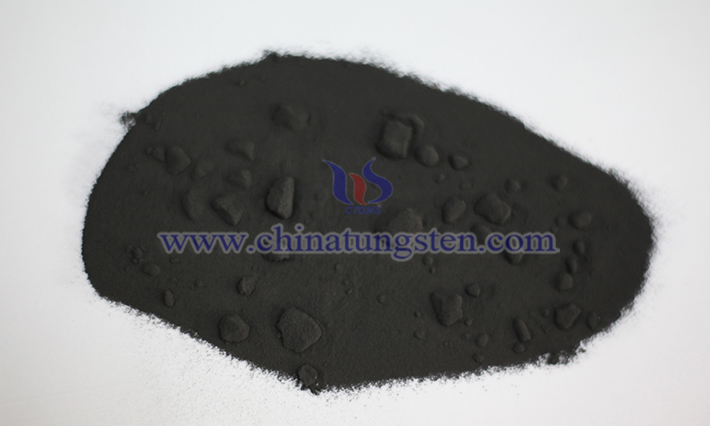
In the world of nanomaterials, the tungsten disulfide nanosheet (WS₂ nanosheet) is gradually becoming a focal point of scientific research. This material is widely used in the energy field due to its unique physical and chemical properties. As global demand for sustainable energy continues to grow, the WS₂ nanosheet offers new possibilities for addressing energy challenges.
Read more: Tungsten Disulfide Nanosheet: "Super Helper" in the Energy Field
Efficient Catalysis: Yellow Tungsten Oxide Leads the Green Revolution
- Details
- Category: Tungsten Information
- Published on Monday, 10 February 2025 17:11
- Written by Zhenghua
- Hits: 249
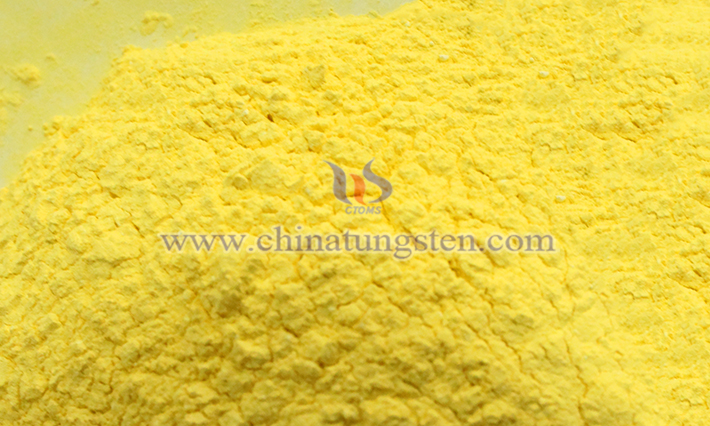
In today's world where issues of global climate change and environmental protection are increasingly urgent, the scientific and industrial communities are dedicating unprecedented enthusiasm to the research of efficient and eco-friendly catalyst materials. In this journey of exploring green technology, yellow tungsten oxide, this seemingly unremarkable chemical substance, is quietly leading a green revolution with its unique catalytic performance and environmental characteristics.
Read more: Efficient Catalysis: Yellow Tungsten Oxide Leads the Green Revolution





 sales@chinatungsten.com
sales@chinatungsten.com